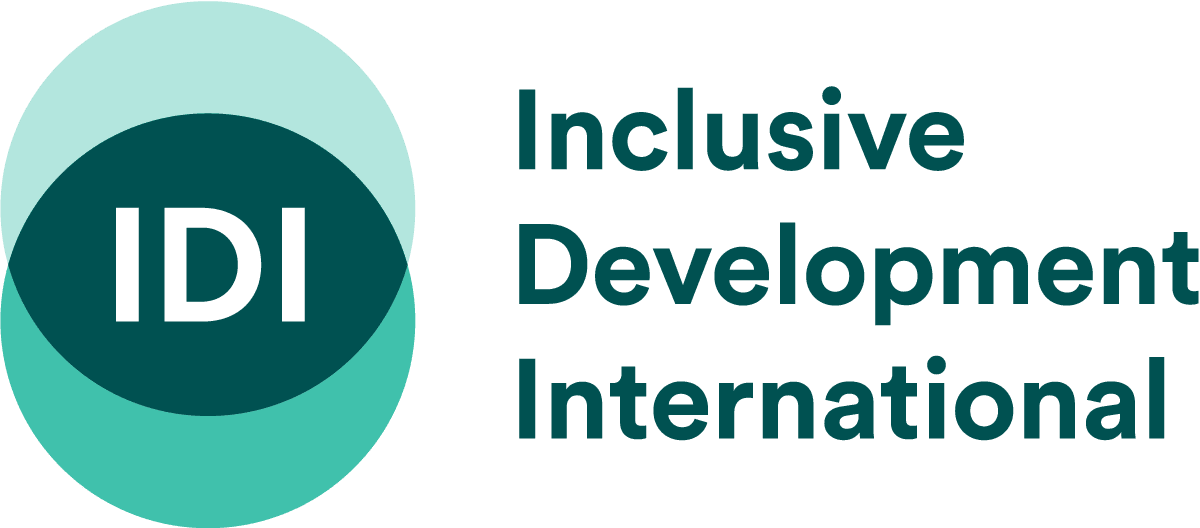Engaging Advocacy Targets
Engaging with the primary company
If you consider it safe and strategic to do so, it is often a good idea to first communicate directly with the primary company responsible for the project on the ground and/or its parent company before escalating to other strategies. It may be possible to resolve community grievances through direct dialogue with the responsible company, and it shows a measure of good faith on your part to attempt to do so before resorting to more adversarial approaches. Also, if you move on to targeting other pressure points, or filing complaints to non-judicial grievance mechanisms, they are likely to ask if you attempted to engage first with the primary company and how they responded.
Before taking these actions, it is important that you clarify the community’s messages, arguments and demands. See Getting Organized for more guidance on this.
Ideally, you will have also gathered evidence into a report or other documentation, which you can use in your engagement with these actors. See Collecting Evidence for more guidance on how to do this.
Start with a letter or email
Often the best method for initial communications is through a letter or email, so you can clearly set out all the important information to support your argument and demands. The community may ask you to help them prepare a letter or to write and send a letter from your organization on their behalf. It may also be worth finding a civil society ally in the country where the company is based to co-sign the letter, because the company may be more likely to pay attention.
A letter to the main company behind the project may include some or all of the following elements:
- Who you are and whom you are representing. You should explain that the community is affected by the company’s activities.
- The main problems faced by the community as a result of the company’s activities. If you have already prepared an impact assessment report, you can include a summary of the main findings and attach the report as an annex.
- If the business has violated laws, policies or standards that it has committed to, you can include a summary of this analysis in your letter.
- The community’s message. You may decide to include the list of community demands, or you may decide that in the circumstances it is more strategic to simply request a meeting in order to discuss the situation and how to resolve the community’s grievances.
- A request for a meeting with the company.
- A deadline for a response. Sometimes it can be strategic to mention in the letter what you will do next if you do not receive a satisfactory response from the company by the deadline. Possible consequences include notifying investors or buyers connected to the company, publicizing the problems through the media, or submitting an official complaint to a grievance mechanism. However, it is also generally a good idea to try to keep things cordial at this stage, so that the company is more likely to engage in a constructive dialogue rather than become defensive.
Engaging other pressure points
If there is no adequate response to your letter by the deadline that you set, the next move could be to send similar letters to relevant government agencies or key actors along the investment chain based on your analysis of pressure points. For example, if you have identified major shareholders or lenders that are bound by certain policies or standards and could have considerable influence over the company, you may decide to send a letter to them next.
In addition to the type of information listed above, make sure that early on in the letter you clearly set out your understanding of the actor’s relationship to the project. For example, if you are writing to a shareholder, start by stating that you are writing to them because they hold a significant shareholding in the primary company causing harms. If you know the size of the shareholding, you can include that information too. You should also mention the relevant policies or standards the actor subscribes to that you believe have been violated and summarize the main impacts or violations.
Make sure to be clear about what you want the actor to do, such as use its leverage with the company causing human rights violations to implore it to end the violations and provide remedy.
In some cases, where the community wants to file a complaint to a non-judicial grievance mechanism, it may be strategic to file the complaint first and then send letters to the key pressure points, such as shareholders and buyers, alerting them to the complaint and urging them to use their leverage with the company to implore it to engage in good faith in the complaints process and fully address the human rights and environmental issues.
See Using Non-Judicial Grievance Mechanisms for guidance on this strategy.
